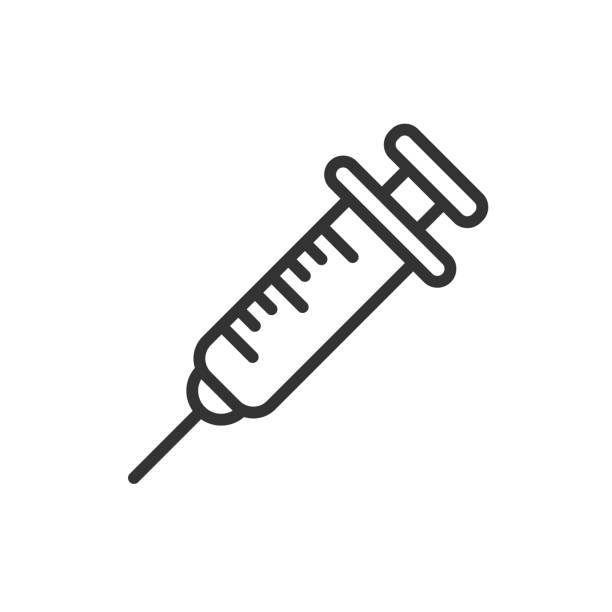Indications
This is used for a source of amino acids, glucose and electrolytes in adult and pediatric patients needing IV nutrition. This is particularly suitable for patients with basal amino acid requirements.
Dosage And Administration
Adults: The nitrogen requirement for maintenance of body protein mass depends on the condition of the patient (nutritional state and degree of metabolic stress). The requirements are 0.1-0.15 g nitrogen/kg body weight/day (no or minor metabolic stress and normal nutritional state), 0.15-0.2 g nitrogen/kg body weight/day (moderate metabolic stress with or without malnutrition) and up to 0.2-0.25 g nitrogen/kg body weight/day (severe catabolism as in burns, sepsis and trauma). The dosage range 0.1-0.25 g nitrogen/kg body weight/day corresponds to 11-27 mL Amino Acid IV Infusion with 10% Glucose and Electrolytes /kg body weight/day, respectively.
Obese patient: In obese patients, the dose should be based on the estimated ideal weight. Depending upon patient requirements, up to 1000-2000 mL of Amino Acid IV Infusion with 10% Glucose and Electrolytes may be infused IV per 24 hrs. Amino Acid IV Infusion with 10% Glucose and Electrolytes should be infused slowly, at a rate not exceeding 1000 mL in 6 hrs corresponding to approximately 2.8 mL/min. In patients with basal amino acids requirements, the less concentrated Amino Acid IV Infusion with 10% Glucose and Electrolytes may be used.
Infants and Children: In children and infants, a maximal rate of infusion of 30 mL Amino Acid IV Infusion with 10% Glucose and Electrolytes/kg body weight/day is recommended, with a stepwise increase in the rate of administration during the 1st week of treatment.
Interaction
At the recommended dosage the amino acid have no pharmacological effects and is not expected to interact with other medicaments.
Contraindications
Patients with inborn errors of amino acid metabolism, severe liverdysfunction and in severe uremia when dialysis facilities are not available. Due to the content of glucose,this drug is contraindicated in patients with hyperosmolar nonketotic diabetic coma.
Side Effects
Nausea occurs rarely. Transient increases in liver tests during IV nutrition have been reported. Hypersensitivity reactions have been reported with amino acid solutions. As with all hypertonic infusion solutions, thrombophlebitis may occur when peripheral veins are used. Hyperphenylalaninemia may occur in severely ill, premature infants.
Pregnancy And Lactation
No specific studies have been performed to assess the safety of Amino Acids+Electrolytes+Glucose in pregnancy and lactation. The prescriber should consider the benefit/risk relationship before administering this combination to pregnant or breastfeeding women.
Precautions And Warnings
This IV infusion is accompanied by increased urinary excretion of the trace elements copper and, in particular zinc, which should be taken into account in the dosing of trace elements, particularly during long-term IV nutrition. Hyperphenylalaninemia has been noted in severely ill premature infants. In these patients, monitoring of the phenylalanine level is recommended and the infusion rate adjusted as needed. This should be used with caution in patients with diabetes mellitus, severe heart failure or with renal function in combination with fluid restrictions or oliguria/anuria of other origin. In patients with hyperglycemia, administration of exogenous insulin might be necessary.
Overdose Effects
If Amino Acid, Glucose & Electrolytes combination is administered at a higher rate than recommended, there is an augmented risk for nausea, vomiting and sweating. When peripheral veins are used thrombophlebitis may occur. Osmotic diuresis with dehydration may occur if the dosage recommendations are exceeded. There is also a risk of symptoms related to hyperglycemia. In case of symptoms due to overdose, the infusion should be slowed down or discontinued.
Therapeutic Class
Parenteral nutritional preparations
Storage Conditions
Protect from light and store between 15°C to 25°C temperature. Avoid freezing.
